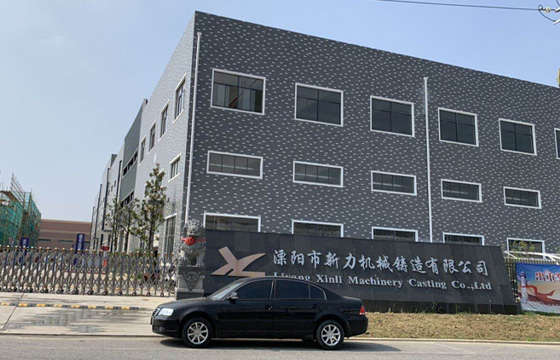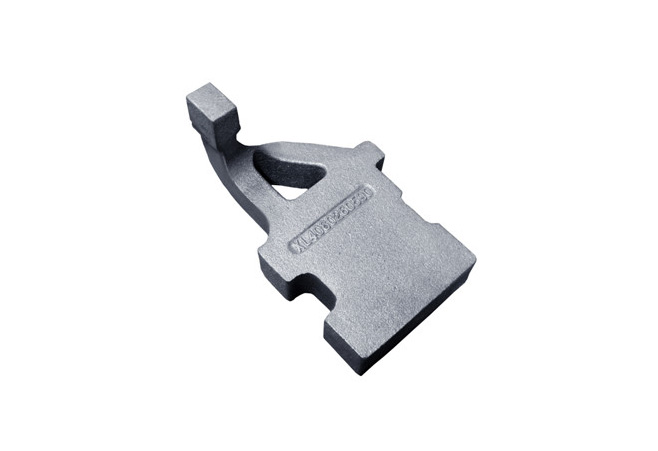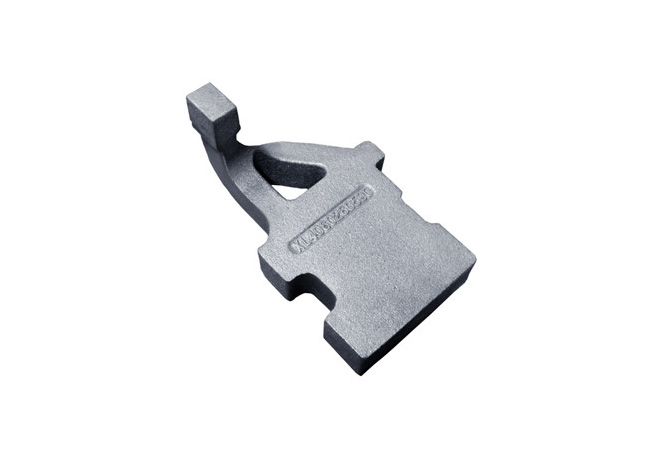

The machine tool castings size of machine tool seat is large, and the length can reach several meters. The mass is over 10t and the wall thickness is 15-30mm. The requirements are: good precision stability and shock absorption, high elastic modulus, suitable compressive strength, moderate hardness and excellent wear resistance. In the process, it requires good machine tool castings performance, high deformation resistance, easy cutting and low production cost, such as melting in cupola and using a small amount of alloy elements. In order to meet the above requirements, the microstructure should be pearlite, plus A-type graphite with length less than 250tim and uniform distribution, and a certain amount of binary phosphorus eutectic. HT250 and HT300 inoculated iron castings are generally used as materials for machine tool castings in China. In order to improve the service life of machine tools, various alloy cast iron, such as P-Cu-Ti cast iron, Cr Mo Cu cast iron and V-Ti Cast Iron, are widely used.

In order to improve the wear resistance and reliability of machine tool, its material is developing towards high strength and high stiffness. In recent years, some new cast iron materials for machine tool have been developed in China. The details are as follows.
1. When the carbon equivalent is higher, such as ≥ 3.5%, by increasing the proportion of scrap, such as so%; Increase the overheat temperature of molten iron, such as 1500 ℃; The grade of cast iron can reach ht350 by using multiple compound inoculants, such as ferrosilicon containing Ca, Mn and Bi.
2. Adjust the ratio of Si to C and Mn to Si in the composition of cast iron, and increase the Si / C ratio from O.4 to O.5 to o.7 to o.8 when the carbon equivalent is 3.4% - 3.8%; The Mn / Si ratio increases from 0.5 to 0.6 to 1.0 to 1.0, and a small amount of stable pearlite elements such as Cr, Cu, Sb and Sn are added appropriately. What are the characteristics of the material of machine tool castings: the size of machine tool seat casting is large, and the length can reach several meters; The mass is over 10t and the wall thickness is 15-30mm. The requirements are: good precision stability and shock absorption, high elastic modulus, suitable compressive strength, moderate hardness and excellent wear resistance; In the process, it requires good machine tool castings performance, high deformation resistance, easy cutting and low production cost, such as melting in cupola and using a small amount of alloy elements. In order to meet the above requirements, the microstructure should be pearlite, plus A-type graphite with length less than 250tim and uniform distribution, and a certain amount of binary phosphorus eutectic.